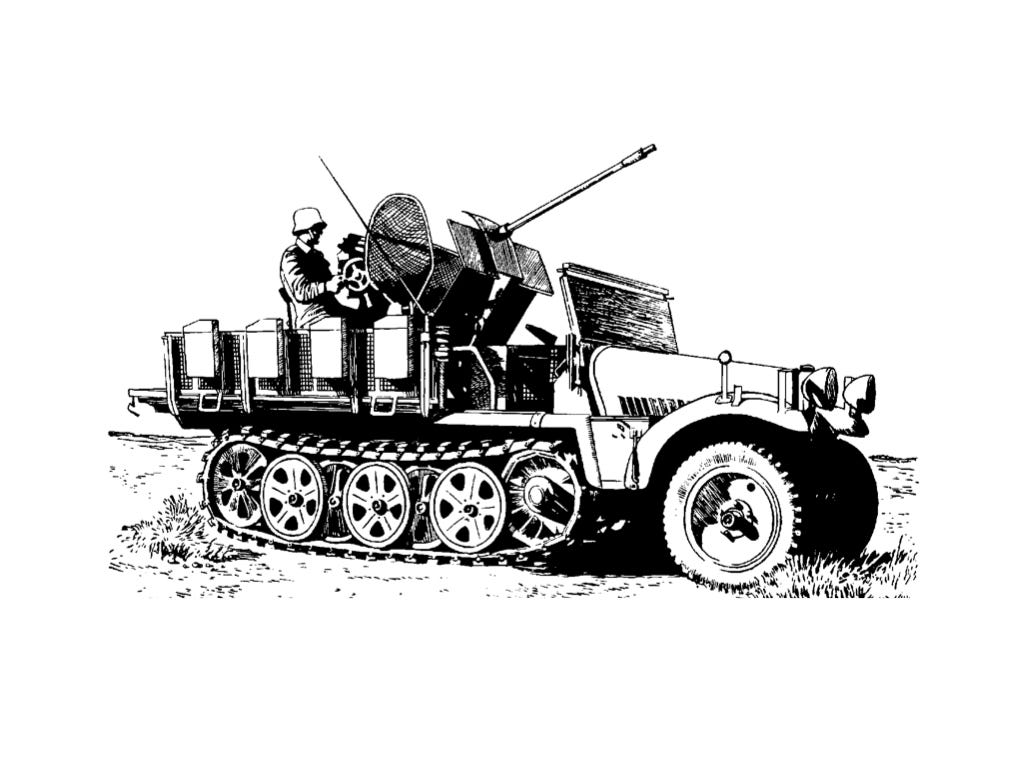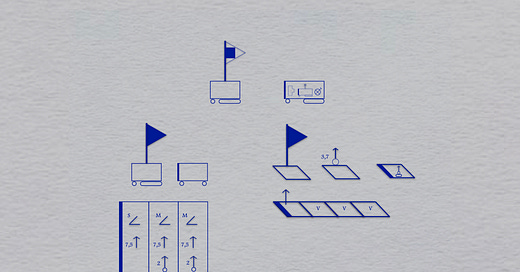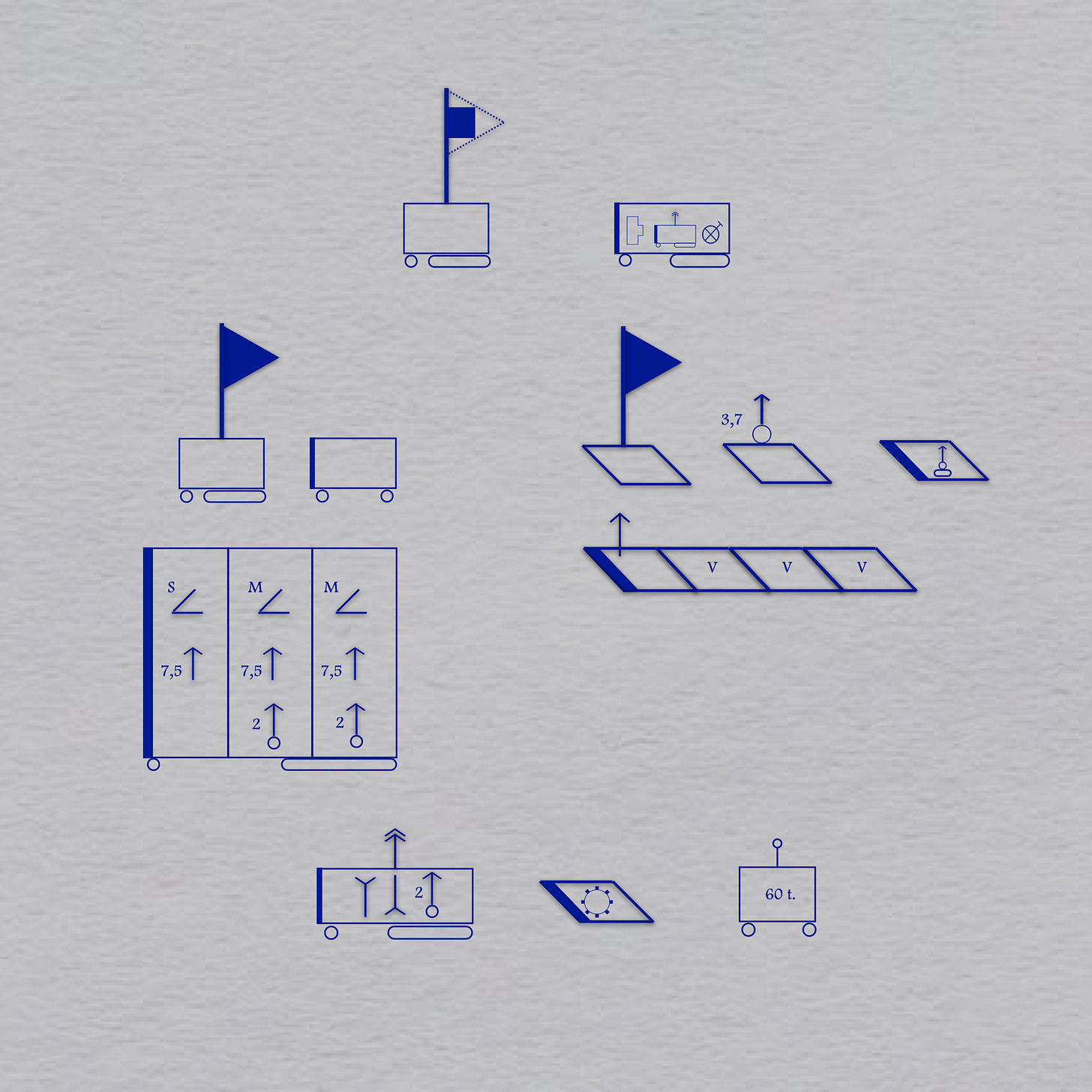In 1943, many German armored divisions formed themselves into two distinct battlegroups [Kampfgruppen], each of which was often employed at some distance from the other. One of these battlegroups consisted of elements mounted in tanks, armored cars, and a wide variety of armored half-tracks. The other battlegroup rode in trucks, cars, and motor-cycles.
In September of 1944, the Army High Command [Ober Kommando des Heeres] ordered the formation of thirteen independent armored brigades, each of which was to be armed, organized, and employed in much the same way as the armored battle groups of armored divisions. Some of these, known as Type A [Typ A] brigades, were to consist of a battalion of tanks and a battalion of armored infantry. Others, called Type B [Typ B] were made up of a tank battalion, an armored infantry battalion, a self-propelled artillery battalion, and a battalion of motorized infantry.
The tank battalion of a Type A brigade was to be armed with Mark V Panther tanks (three companies of eleven tanks apiece), assault guns (one company of eleven assault guns), and self-propelled 37mm anti-aircraft guns (a platoon of four such weapons). In addition, the supply company of the tank battalion was to include a platoon of three anti-aircraft tanks, each of which carried four 20mm guns.
The armored infantry battalion of the Type A brigade was to be organized into two line companies and a heavy company. The armament of each line company was include seven self-propelled 20mm anti-aircraft guns, two 75mm howitzers, two 81mm mortars, and twenty-one machine guns. The heavy company was to be armed with six 75mm howitzers, eight 120mm mortars, and twenty-two machine guns.

In addition to its two battalions, the Type A brigade was to have a headquarters, a tank repair platoon, a supply column, and a company of combat engineers. The latter was to employ two multiple rocket launchers [Nebelwerfer], two 20mm anti-aircraft guns, a number of portable flamethrowers, and thirty-six machine guns.
So that the combat engineers might be free to focus on work that required a great deal of expertise, the brigade headquarters was to be provided with a platoon of “infantry pioneers.” These were infantrymen who had been trained in some of the less complicated tasks that were traditionally performed by combat engineers.
Sources: Anlagen 2 und 3 zu General Inspektor der Panzer Truppen 2100/44 geheim, U.S. National Archives, Microfilm Series T-78, Roll 620, frames 687-688 and Fridolin von Senger und Etterlin Panzergrenadiere (Münich: J.F. Lehmans, 1961) pages 95-96.





